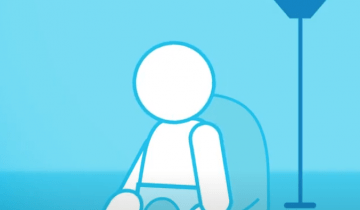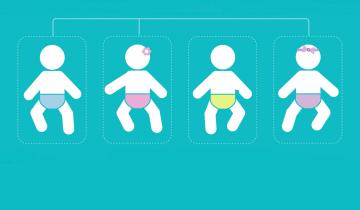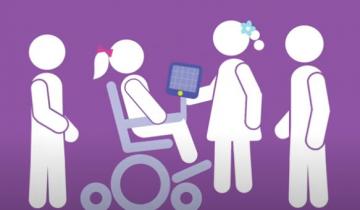We studied how common pain was thought to be due to muscle spasticity in the legs or arms is in children/adolescents with CP.
Drooling is an important problem for many individuals with CP and there are a number of interventions available to treat symptoms. If an individual with CP or their caregiver have concerns about drooling it is important to discuss with a health care provider. Care pathways such as the AACPDM pathway can be a starting point for shared decision making. In all cases, working together as a team is important in choosing the best alternative. Children and adults with CP may have trouble with drooling, or saliva management. In the medical world, drooling is referred to as sialorrhea. Saliva plays an important role in eating but also can interfere with airway clearance and breathing, as well as social participation. When drooling has this kind of impact it becomes important to consider intervention.

Our 3rd Virtual Town Hall featured experts from the Shirley Ryan Ability Lab and Northwestern University in Chicago. This multi-disciplinary panel discussion highlights the latest updates in care of children with #CerebralPalsy.

I have cerebral palsy spastic diplegia. So it affects my legs and sometimes my fine motor skills. I walk with two canes. I do things a little slower, but I get things done.

One thing that parents can say to start a conversation with their kids is, "Let's talk".

It is recommended that women start having mammography screenings starting at about the age of 40, and it becomes more difficult to obtain these services if you have a disability.

Cerebral palsy is caused by damage to the infant brain. This damage can involve not only the motor parts of the brain, but also the parts that deal with vision. This is not related to damage to the eye but is related to damage of the parts of the brain that process visual information.

The findings of this article demonstrate the need for improved screening rates in women with CP, and highlight areas for improving their screening experience.
Let me tell you about multimodal communication. We, as typical communicators, all use many different strategies. We use speech, gestures, facial expressions, technology, and no-tech solutions. As communicators, we all size up the situation based upon our communication partners, the context, the environment and then we choose to use the most effective communication strategy.

Spasticity is a condition of muscles that is a velocity resistance to stretch. What that means to a child and to a parent is that if you move the limb slowly, you have a difference than if you move that limb fast. Spasticity restricts movement and it creates a break on the system. It's as if they're trying to move, but they're held back. By treating spasticity, you may improve the range of motion or the action of the movement.

Children with cerebral palsy experience brain damage around birth or before birth. So the language of the brain in other words, the way they will move, will be different from typical movements. So by looking at their movements, we will understand that there is something that is wrong in the brain.


